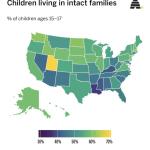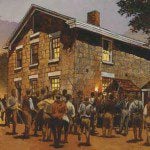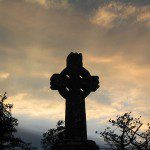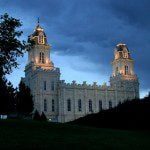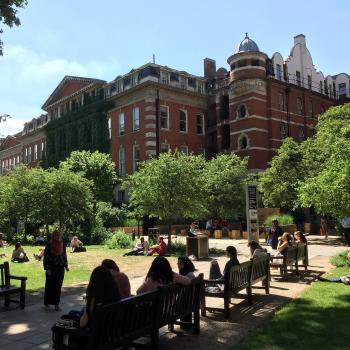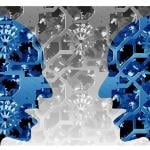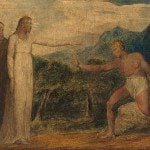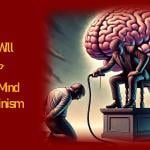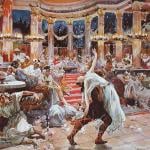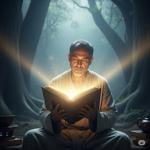
The following note went out to several Interpreter Foundation mailing lists yesterday:
This coming Tuesday is Giving Tuesday, when the hearts of many (in the United States, at least) turn to charity or, anyway, to tax deductions. We know that there are thousands of worthy causes out there, and we hope that none of them is neglected. Still, among all of their competing claims and amidst the wonders and the pressures of Thanksgiving, Hanukkah, Winter Solstice, Festivus, Christmas, Boxing Day, Kwanzaa, New Year’s Day, and Epiphany, we ask that you please remember The Interpreter Foundation as you plan your year-end giving.
The Interpreter Foundation is a private, independent, non-profit organization that supports The Church of Jesus Christ of Latter-day Saints with the goal of increasing the understanding of scripture through careful, faithful, and scholarly investigation and analysis.
For more information about donating to The Interpreter Foundation, please visit this page:
We wish you the best and hope that you enjoy the holiday season that is upon us.
Sincerely,
The Interpreter Foundation
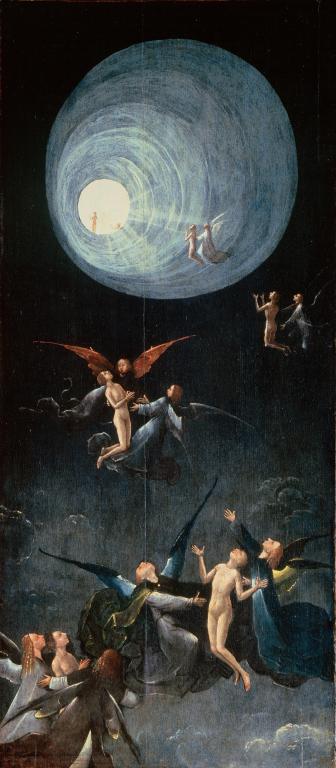
(Wikimedia Commons public domain image)
As I try to move into a more systematic approach to near-death experiences for a volume that is already substantial — and that I still hope to “complete” before I myself head through the tunnel of light — I’ve been surveying bibliographies on the subject. Here’s (a partial) one, with useful annotations, from the International Association for Near-Death Studies. I own (and have read) the majority of these, but there are still some potentially useful suggestions that I haven’t seen:
- Greyson, Bruce (2022). After: A Doctor Explores What Near-Death Experiences Reveal About Life and Beyond. St. Martin’s Essentials. Memoir of four decades of NDE research by the premier NDE researcher.
- Fenwick, Peter & Elizabeth Fenwick (1995). The Truth in the Light. New York: Berkley Books. Report by a well-respected neuropsychiatrist and his wife, based on a careful study of over 300 NDEs in the United Kingdom. See his article, “Science and Spirituality.”
- Grey, Margot (1985). Return from Death: An Exploration of the Near-Death Experience. London, England: Arkana. A fine, comprehensive study, the first in Britain.
- Hagan, John C. III (Ed.) (2017). The Science of Near-Death Experiences. Columbia, MO: University of Missouri Press. Evidence-based research on NDEs by physicians and scientists, including those who themselves have had an NDE. The recollections of NDErs often refute physicians’ scientific explanation of how an oxygen-starved brain can produce such vivid recollections.
- Moody, Raymond (1975). Life After Life. New York: Bantam. The book that began it all. Easy reading, basic. An excellent phenomenological treatment of NDEs. While some findings have since been clarified and expanded by further research, this book remains the basic work in the field of near-death studies.
- Moody, Raymond & Paul Perry (2010). Glimpses of Eternity: Sharing a Loved One’s Passage from This Life to the Next. Guideposts. On the related phenomenon of Shared Death Experiences in which persons present at the death of a loved one experience leaving their own body, viewing the life review of their loved one and traveling part-way toward the Light.
- Long, Jeffrey & Paul Perry (2010). Evidence of the Afterlife: The Science of Near-Death Experiences. Long presents nine lines of evidence that we survive bodily death, based on an analysis of 1,300 NDE accounts from his NDERF web site.
- Miller, J. Steve (2012). Near-Death Experiences as Evidence for the Existence of God and Heaven: A Brief Introduction in Plain Language. Miller presents the latest evidence from NDEs in this well-researched introduction in plain English.
- Ring, Kenneth (1982). Life at Death: A Scientific Investigation of the Near-Death Experience. The first quantifiable attempt to describe the NDE itself. Most other researchers have corroborated the basic findings reported in this book.
- Ring, Kenneth (1985). Heading toward Omega: In search of the meaning of the near-death experience. New York: Quill. The early work documenting changes after a NDE.
- Ring, Kenneth (1999). Mindsight: Near-Death and Out-of-Body Experiences in the Blind. Palo Alto, CA: William James Center for Consciousness Studies. Evidence that the blind can see during NDEs and OBEs and that during NDEs sight has a different quality and is a kind of “transcendental awareness” referred to as “mindsight”.
- Rivas, Titus, Anny Dirven & Rudolf Smit (2023). The Self Does Not Die: Verified paranormal phenomena from near-death experiences (2nd ed.). Durham, NC: IANDS Publications. A compilation of 104 accounts of paranormal phenomena during NDEs that were later verified as accurate by independent sources. The authors include an extensive discussion of the implications of these cases for the question of survival of physical death, as well as the arguments skeptics have raised. The authors have gone back to the original sources—the people involved in each case, whenever possible—rather than relying on secondhand sources. This is a unique collection of empirical data that any scholar worthy of the name must take into account.
- Sabom, Michael B. (1984). Recollections of Death: A Medical Investigation. A clearly written and fascinating discussion of the first physician-conducted study of near-death experiences, with special attention to verifiable out-of-body experiences. Highly recommended.
- Sutherland, Cherie (1992). Transformed by the Light: Life after Near-Death Experiences. Sydney, Australia: Bantam. Includes near-death experiences in children.
- Sutherland, Cherie (1995). Reborn in the Light. Bantam. Examining the effects of the near-death phenomenon and what survivors have come to believe about life, a collection of case stories offers their messages of hope, peace, joy, and life after life.
- van Lommel, P. (2010). Consciousness Beyond Life: The science of the near-death experience. Scientific evidence that the near-death phenomenon is an authentic experience demonstrating that consciousness can be experienced separate from the body.
- van Lommel, P., van Wees, R., Meyers, V., & Elfferich, I. (Article, 2001). Near-death experience in survivors of cardiac arrest: A prospective study in the Netherlands (PDF download). Lancet, 358 (9298), 2039-2045.
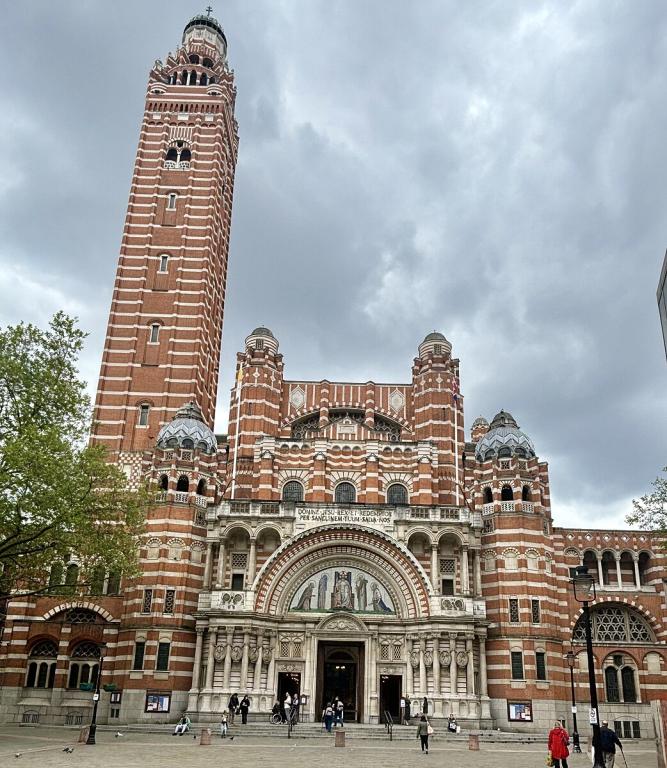
I said the other day that I would soon begin to share favorite Christmas music here. Today is 1 December, and I think it’s time.
In my judgment, one of the most unearthly, ethereally beautiful pieces of modern classical Christmas music is Morten Lauridsen’s setting of O magnum mysterium. A representative recording of it comes from the Westminster Cathedral Choir in London:
-
Latin text
- O magnum mysterium,
- et admirabile sacramentum,
- ut animalia viderent Dominum natum,
- jacentem in praesepio!
- Beata Virgo, cujus viscera
- meruerunt portare
- Dominum Christum.
- Alleluia.
- English translation
- O great mystery,
- and wonderful sacrament,
- that animals should see the new-born Lord,
- lying in a manger!
- Blessed is the Virgin whose womb
- was worthy to bear
- Christ the Lord.
- Alleluia!
Posted from Park City, Utah



